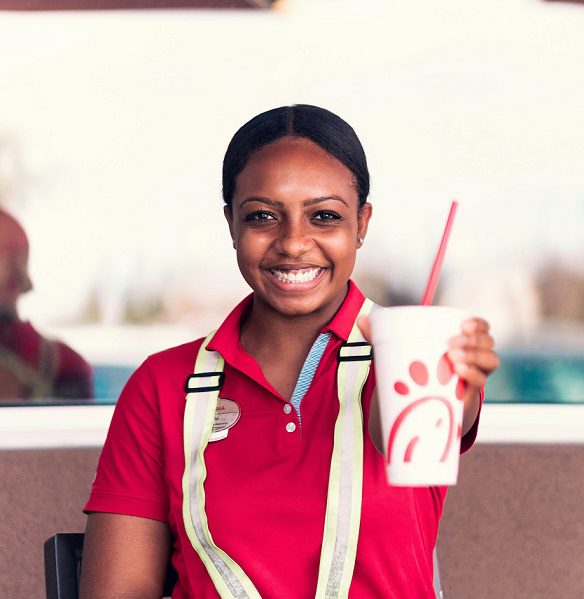
“Eat More Chikin”
12/11/2023
I ate at a Chick-fil-A restaurant the other day and was surprised about the cost. The total tab for four came to $42. I am not known to frequent fast food establishments, but I do like Chick-fil-A’s Chicken Sandwich now and then. I am partial to the toasted buttered bun and two dill pickle “chips” layered over the “fil-A”. Back in the day, I yearned for Burger King’s “Whopper,” but my limited fast-food habits have pivoted away from beef in favor of “Chikin.”
As those of you in the poultry industry know, chicken is the most widely consumed meat globally. In fact, worldwide chicken consumption now exceeds beef and pork consumption. Since 1998 poultry has been the most popular source of protein worldwide. In 2021, around 132 million tons of poultry meat were consumed worldwide, compared to 109 and 71 million tons of pork and beef. US consumption has followed this same preference. Its affordability has made it a staple in many households. The rise of chicken consumption in the US during my lifetime has been remarkable, especially given the decline in beef and pork consumption.
Us Per Capita Consumption Of Poultry And Livestock In Pounds
| Year | Beef | Pork | Chicken |
| 1960 | 63.3 | 59.1 | 28.0 |
| 2000 | 67.5 | 50.8 | 77.4 |
| 2010 | 59.3 | 47.2 | 82.8 |
| 2023 (estimated) | 57.6 | 49.8 | 101.7 |
Source: National Chicken Council
One of the main reasons for the dramatic increase in chicken consumption has been the decline in its cost relative to other meats. However, in recent years, there has been a significant increase in chicken prices. Since 2013, chicken prices have generally ranged between $1.40 and $1.60 per pound. In early COVID, with supply disruptions, prices rose and then normalized but are again now close to $1.90 per pound. No wonder a “Chick-fil-A” chicken sandwich is not cheap anymore.
US Chicken Prices Per Pound (fresh, not seasonally adjusted)

Source: US Bureau of Labor Statistics
There are many reasons for rising chicken prices, but the primary factor contributing to chicken price inflation is the higher cost of feed. Chicken feed is primarily composed of corn and soybeans, both of which have experienced price hikes due to increased worldwide demand, drought conditions in certain growing regions, and trade disruptions. Pre-COVID, soybeans cost about $9 per bushel. As of early December 2023, soybeans were trading at a little over $13 per bushel. Poultry labor costs have also increased, and the largest poultry suppliers cut back production this year, but the main driver of price increases is the higher cost of the grains that feed the birds.
Per capita meat consumption is forecast to grow in every part of the world by 2031. Unfortunately, greater worldwide demand for poultry and grain will only make my Chick-fil-A sandwich more expensive. Perhaps Bill Gates was wise in becoming the largest US owner of farmland ten years ago.
Gary B. Martin

